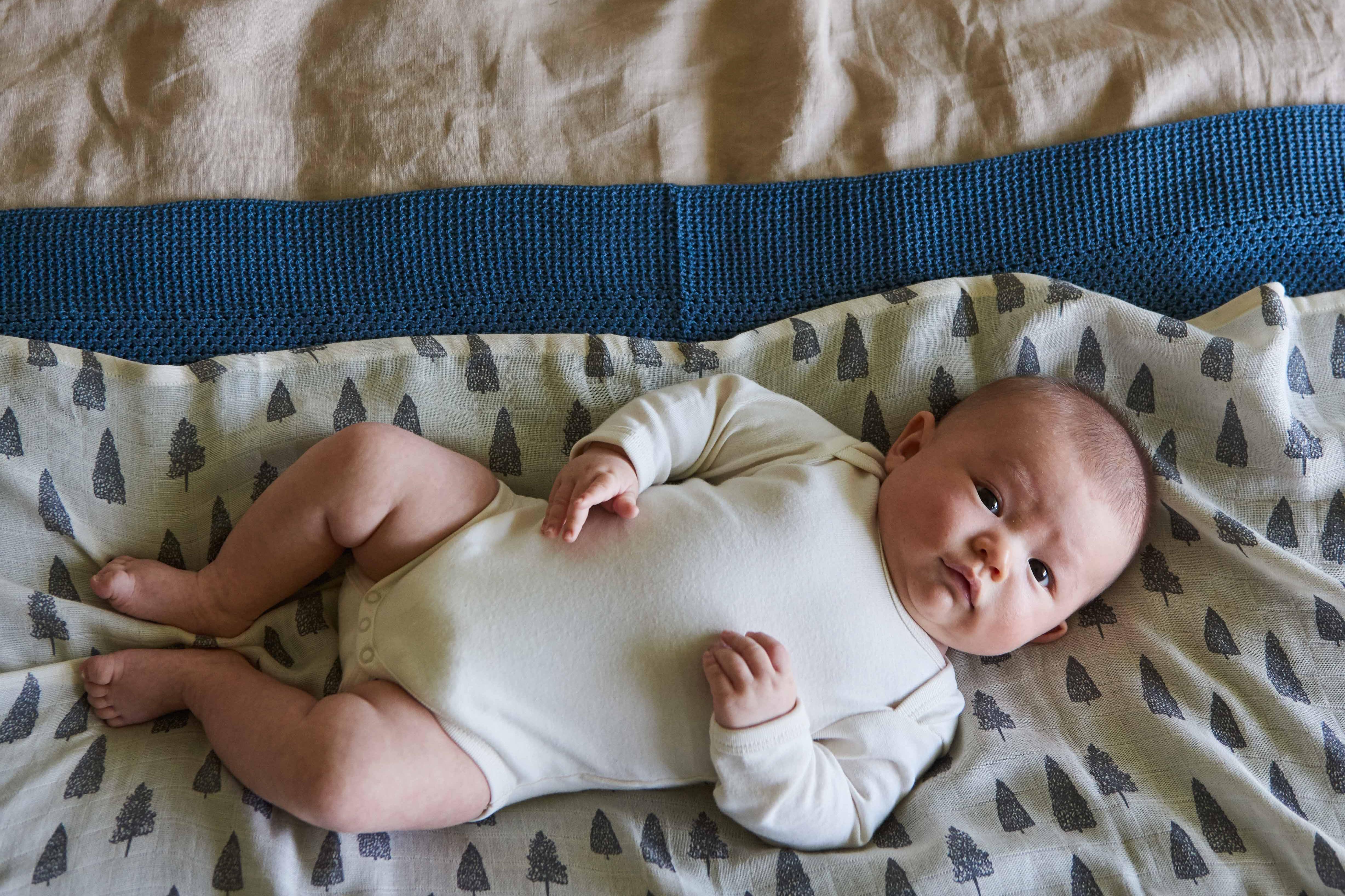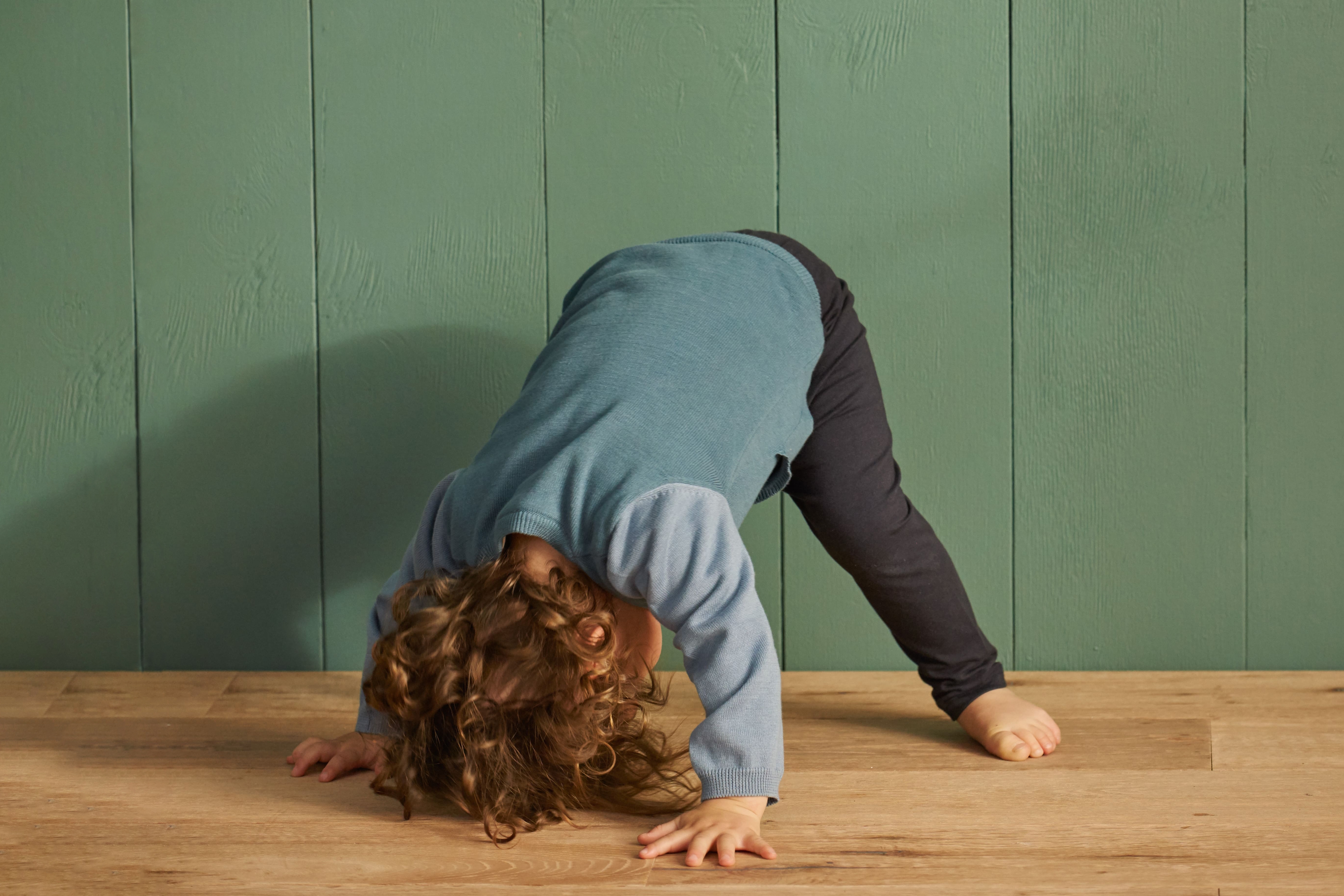This will ensure you receive shipping options, localised offers and currency.

osteopathy benefits for pregnancy and newborns
By Gracela Gregorio
I am a mother of two gorgeous girls, Bronte (18) and Ava (12) and I am a Registered Osteopath and Principal at Grey Lynn Osteopathy. During my pregnancies it was important for me eat well and stay fit. In Canada “back then”, pregnancy yoga and pilates were new to the scene and any fitness programs were geared to the post-pregnancy period. What I love about “these days” is that more and more pregnant women are taking an active role in their well-being during their pregnancy, whether it be related to nutrition, fitness, or general health, and are making informed decisions about what they feel is best for them. I’d like to tell you a little bit more about the benefits of osteopathic treatment for you and bubs so that you can continue to make informed decisions regarding your family’s well-being during this special time of transition.
For Expectant Women
Some pregnant women are told that the aches and pains that they experience during pregnancy are normal and just part of being pregnant. The reality is that they aren’t, and they can certainly be alleviated. Pregnancy is a natural process, but due to living a modern and sometimes hectic lifestyle where we are spending prolonged periods of time in front of a computer or sitting in a chair, meeting tight deadlines, or tending to family matters, these aches and pains can be exaggerated.
The common symptoms that pregnant women seek osteopathic treatment for are back and hip pain, pubic symphysis and sacro-iliac joint pain, reflux, and general fatigue that can occur at any time throughout the pregnancy. During pregnancy, the woman’s body, particularly the pelvis and spine, must be able to accommodate the growing fetus. This means that any part of the body that restricts this adaptation from occurring can be a site of discomfort.
The goal of osteopathic treatment during pregnancy is to allow mobility, especially in the pelvis and spine, thereby allowing an adaptable environment for the fetus to thrive. Prolonged periods of sitting or standing prevents mobility and can set up conditions of restrictions in these areas. Most of the time these restrictions are easily relieved with gentle treatment.
Osteopathic treatment involves gentle mobilization of the bony and soft tissue work that can benefit muscles and ligaments, to ensure that they are pliable and allow the bony structures to move freely. This work often involves massage or stretches as well as other gentle techniques used on specifically targeted areas to help improve movement. This holistic approach is what makes osteopathy different from physio-therapy, which focuses on injury rehabilitation of a specific body part, or chiropracting, which focuses mainly on the spine.
For Baby
One of the most commonly asked question that I get from expectant mothers is “When should I bring my baby in for Cranial treatment?" First of all, what is Cranial treatment? Cranial osteopathy is a gentle, non-invasive, hands-on treatment that can be used on patients of any age but is commonly used on babies in the first year of life. The goal of treatment is to ensure mobility of structures like the pelvis, spine and the base of the skull to ensure that they are free from restrictions. Although childbirth is also a natural process, complications can arise during the mother’s pregnancy or labor that can cause the baby to experience symptoms that make the transition into parenthood challenging, especially for first-time parents.
Labor, despite the compressive forces acting on the baby, is normal, however some births can cause this compression to be exaggerated, like births requiring intervention with forceps or ventouse. Other conditions like C-section deliveries, breech babies with the umbilical cord wrapped around their neck, labor lasting several hours (more than 6 hours), or fast births (shorter than 6 hours) are circumstances when baby can benefit from cranial treatment. The strain of these types of deliveries on baby’s neck can sometimes be associated with difficulty turning their head both ways, latching, winding and sleeping difficulties, and colic among other symptoms. Cranial osteopathy involving gentle techniques aimed at reducing asymmetric tension in neck muscles has been associated with improved symptoms.
If you would like to learn more or meet with Gracela, please see here.
Thank you so much Gracela for sharing with us the benefits of your practice to pregnant mamas and new babies!
x Nb






